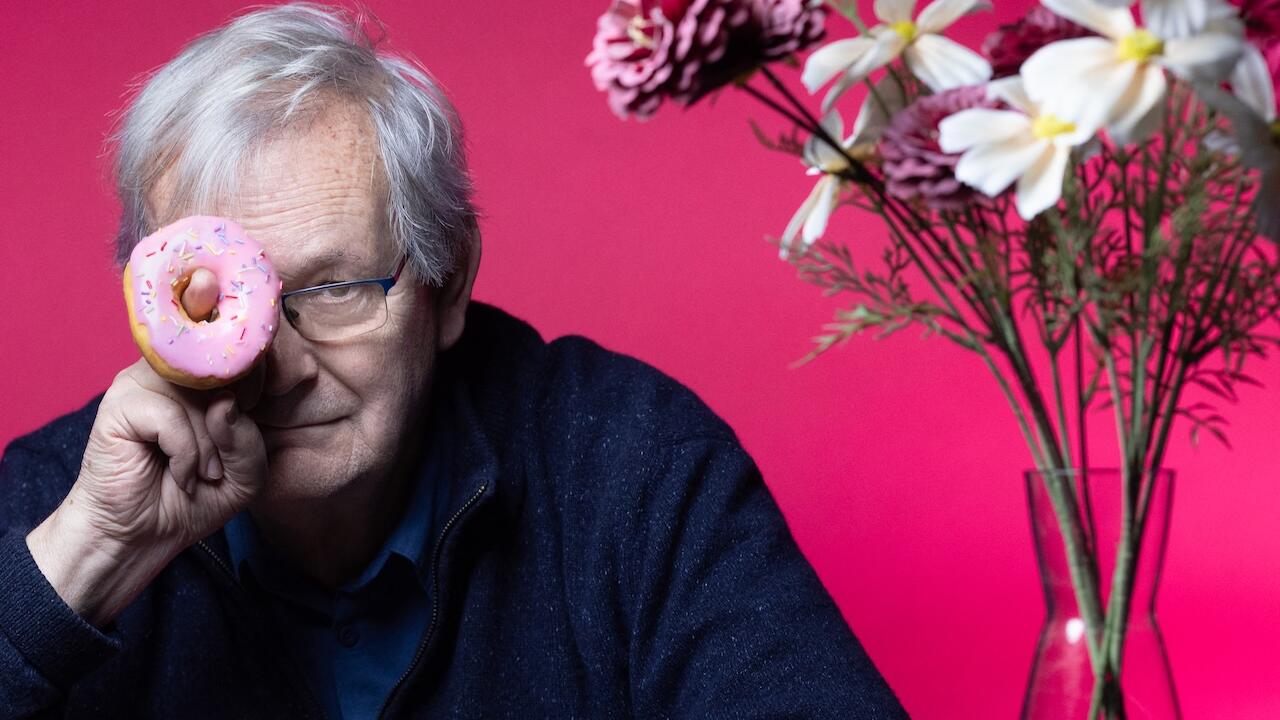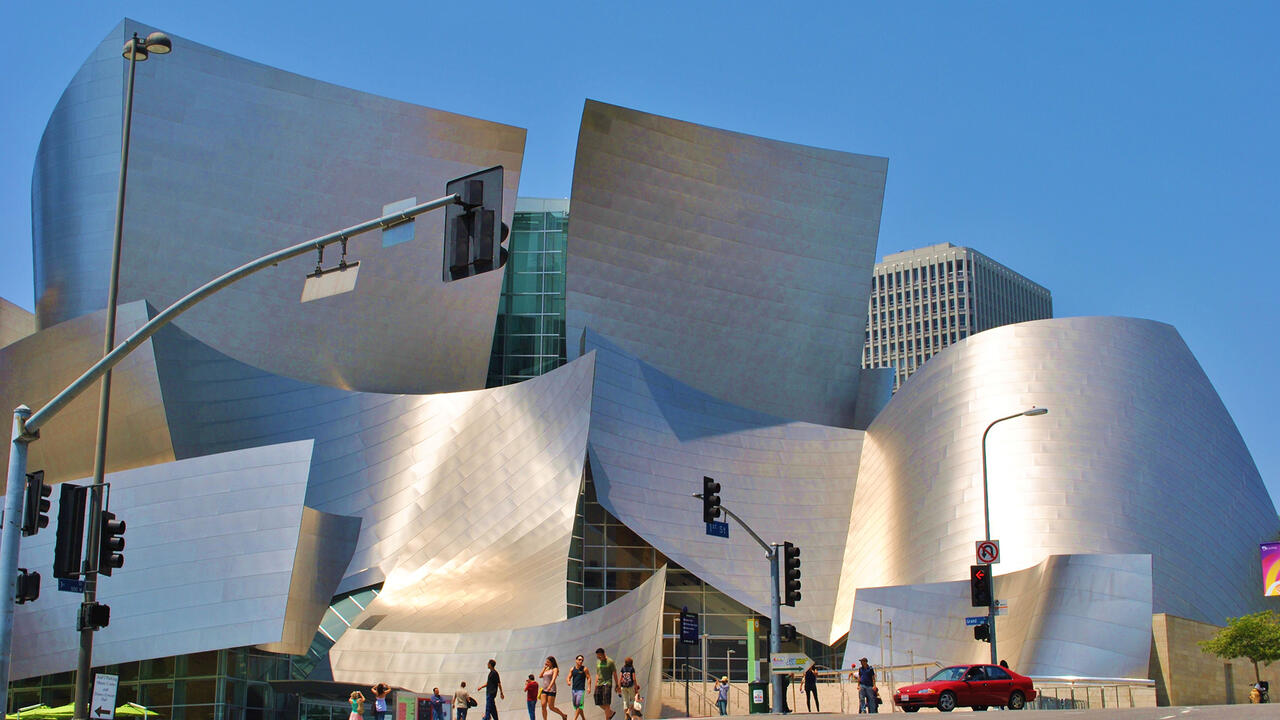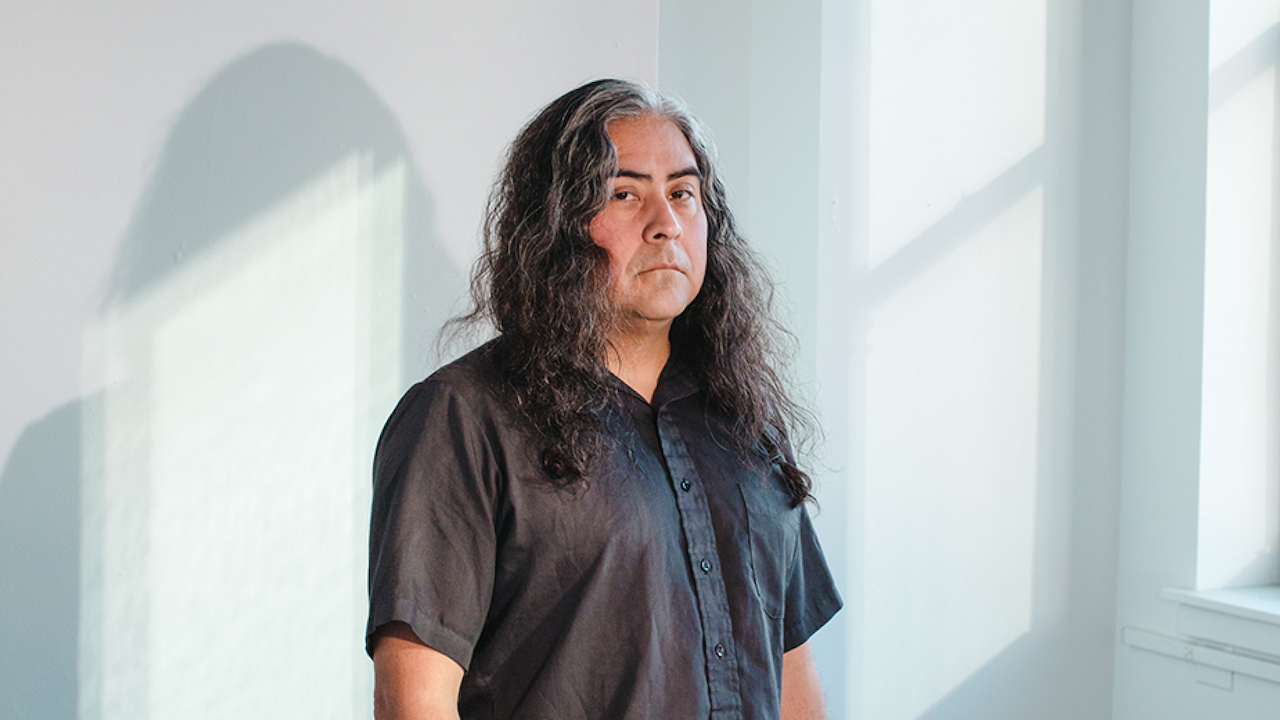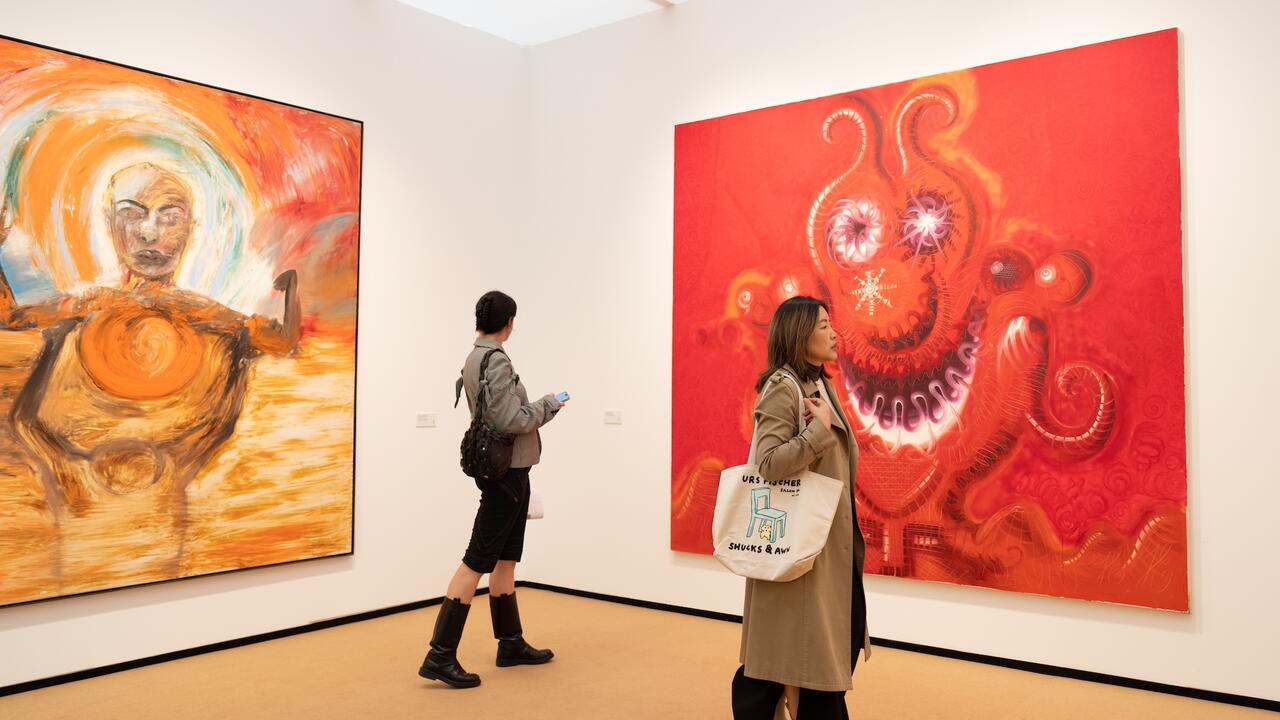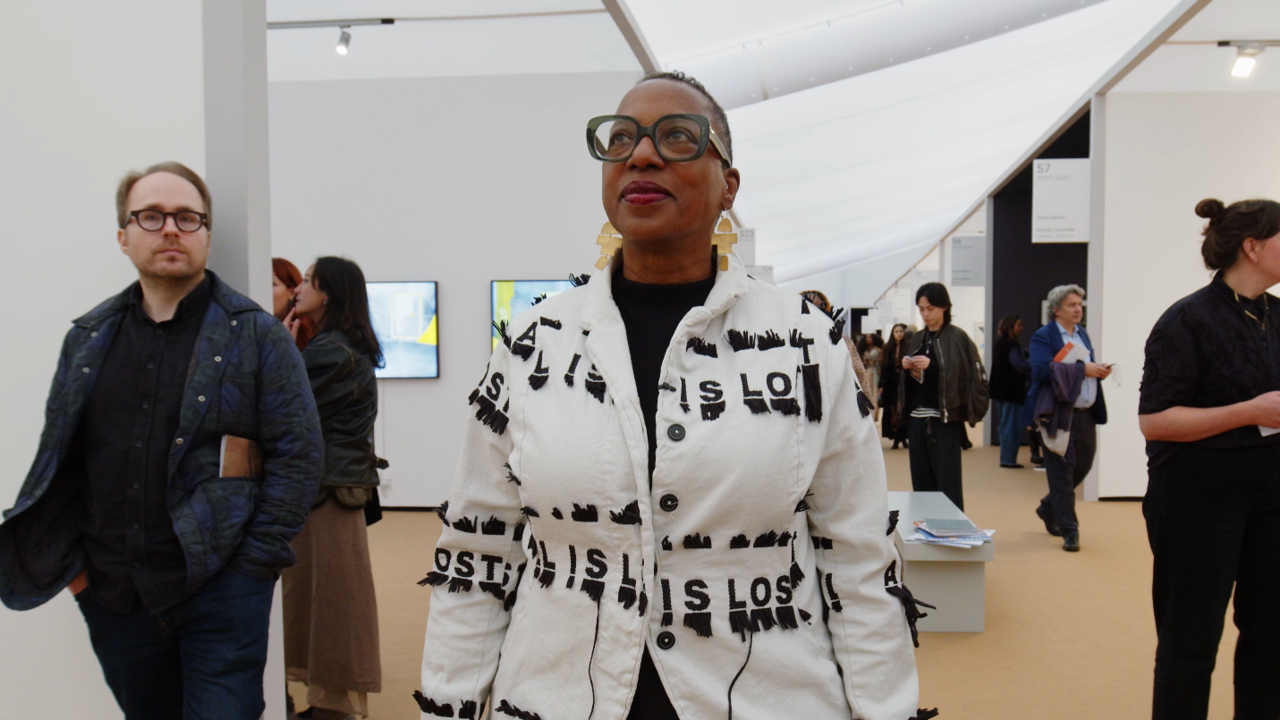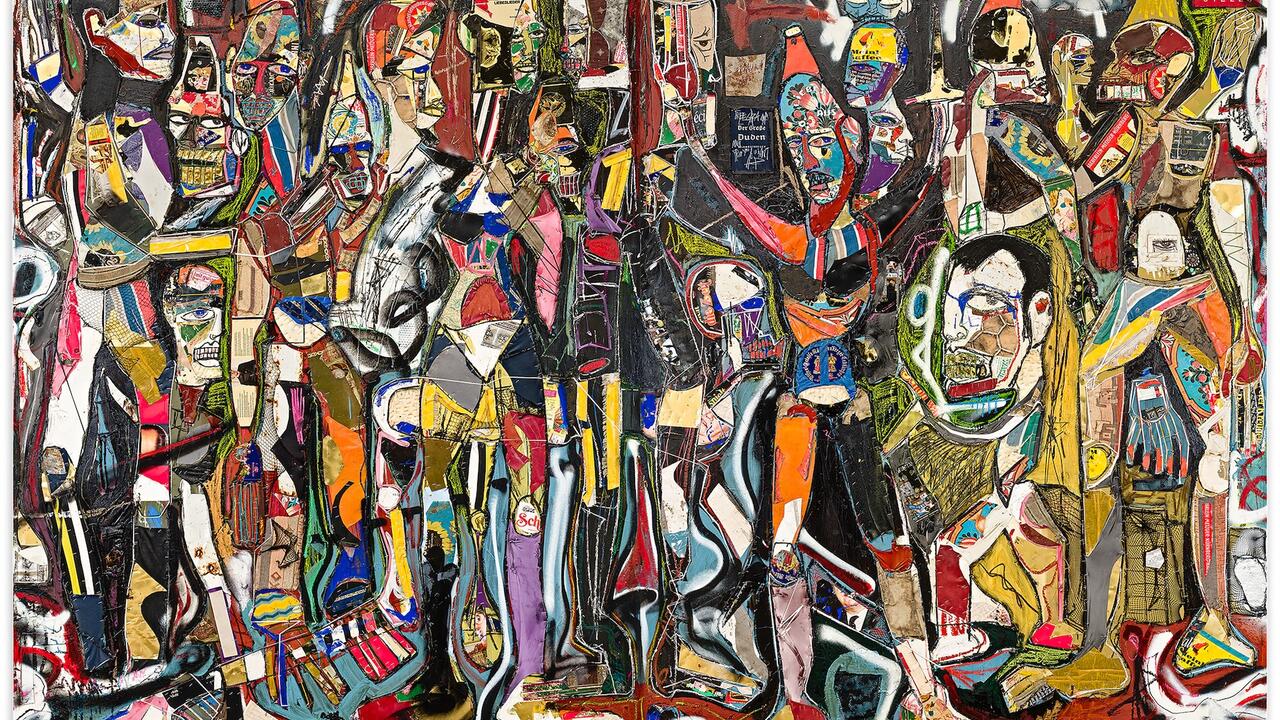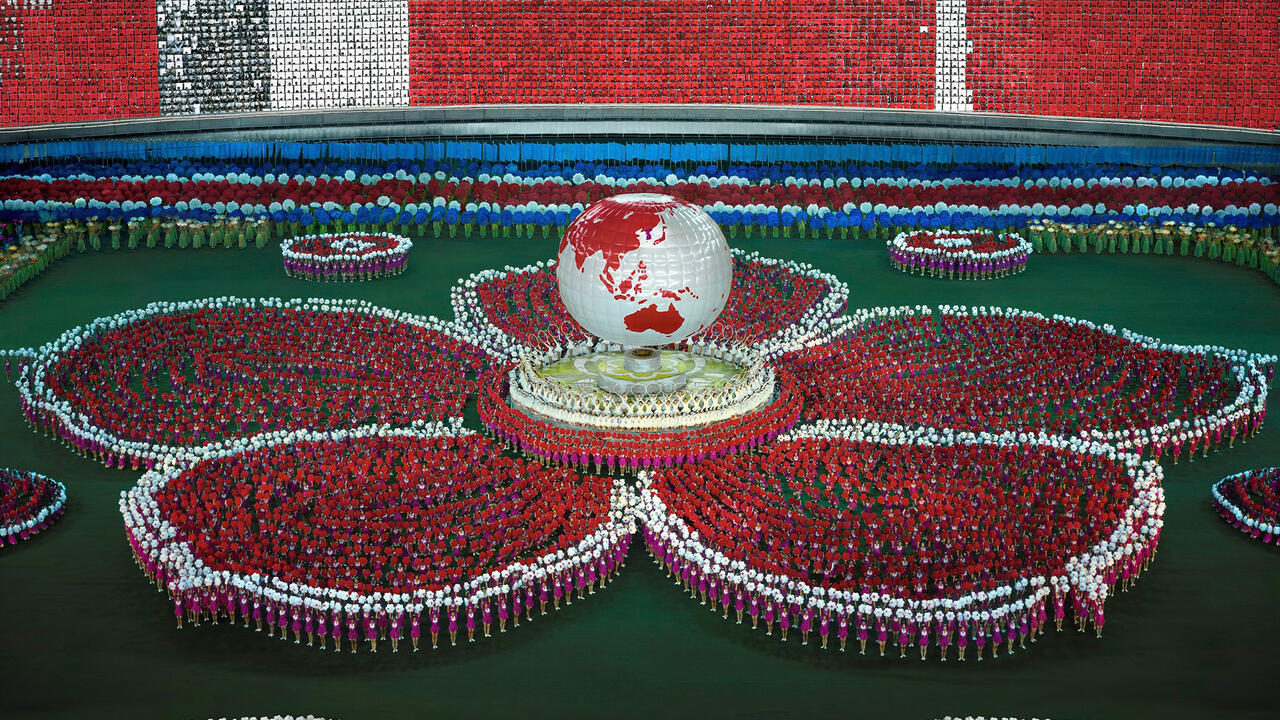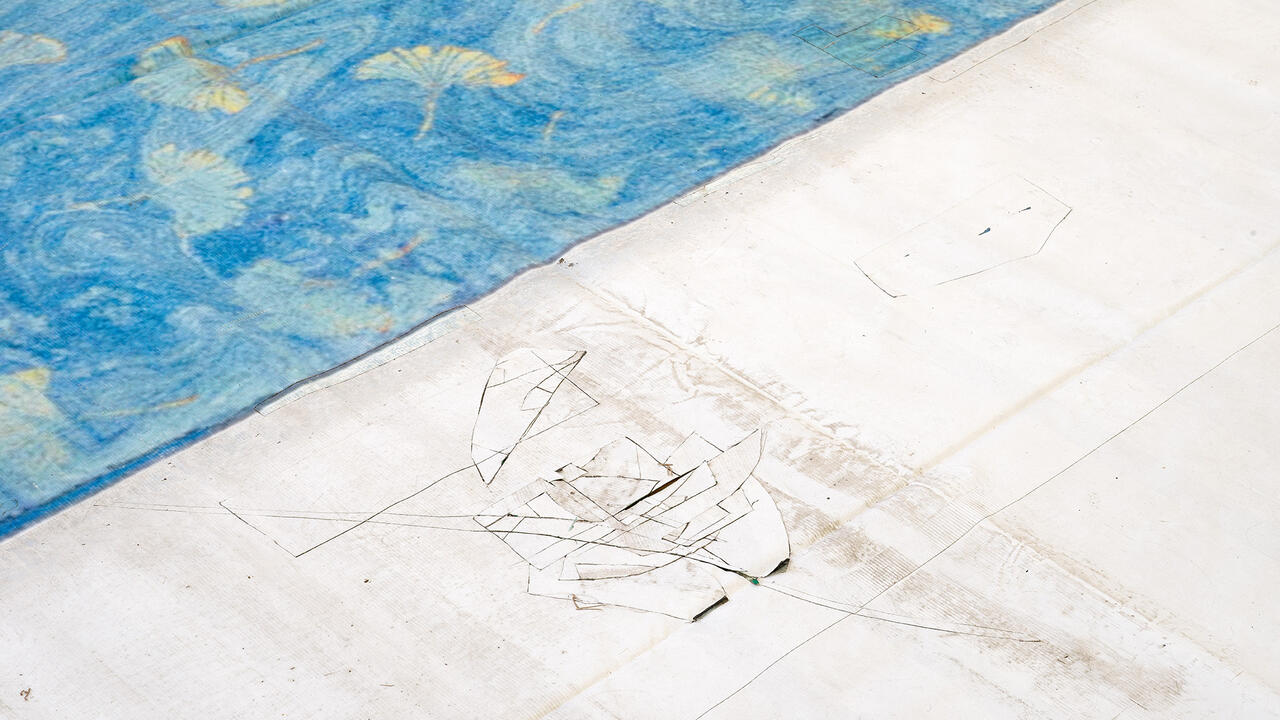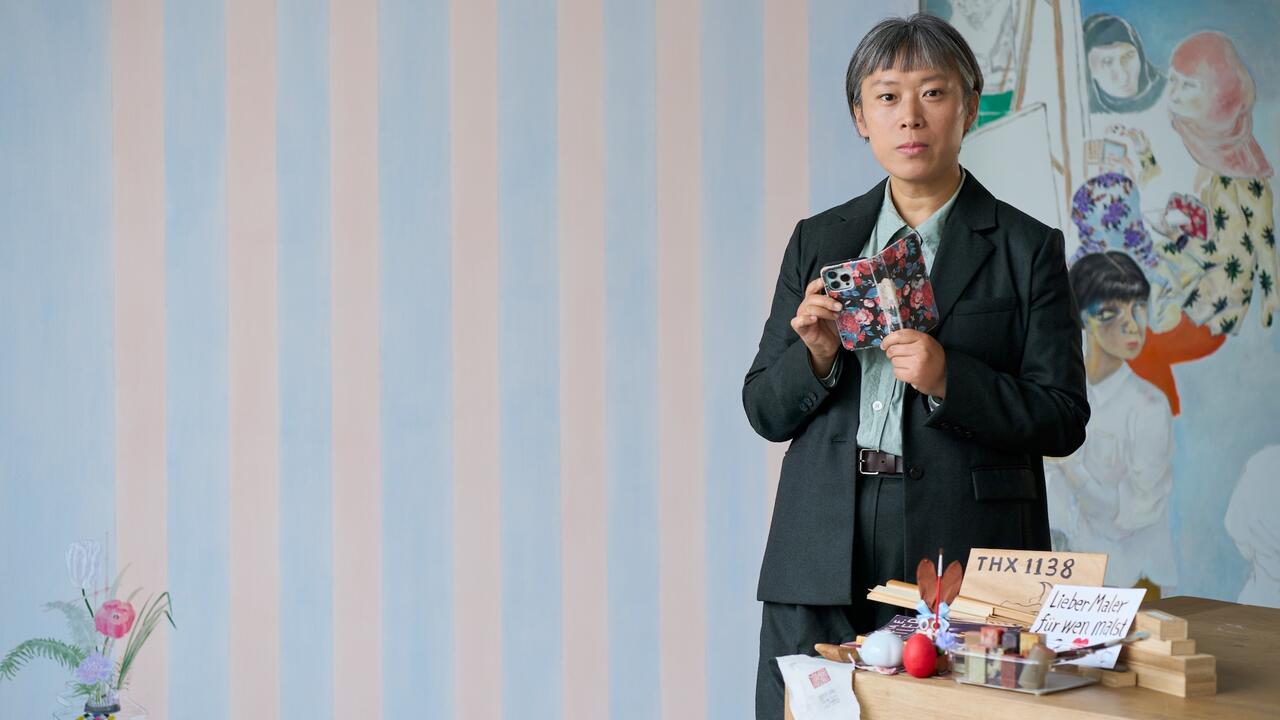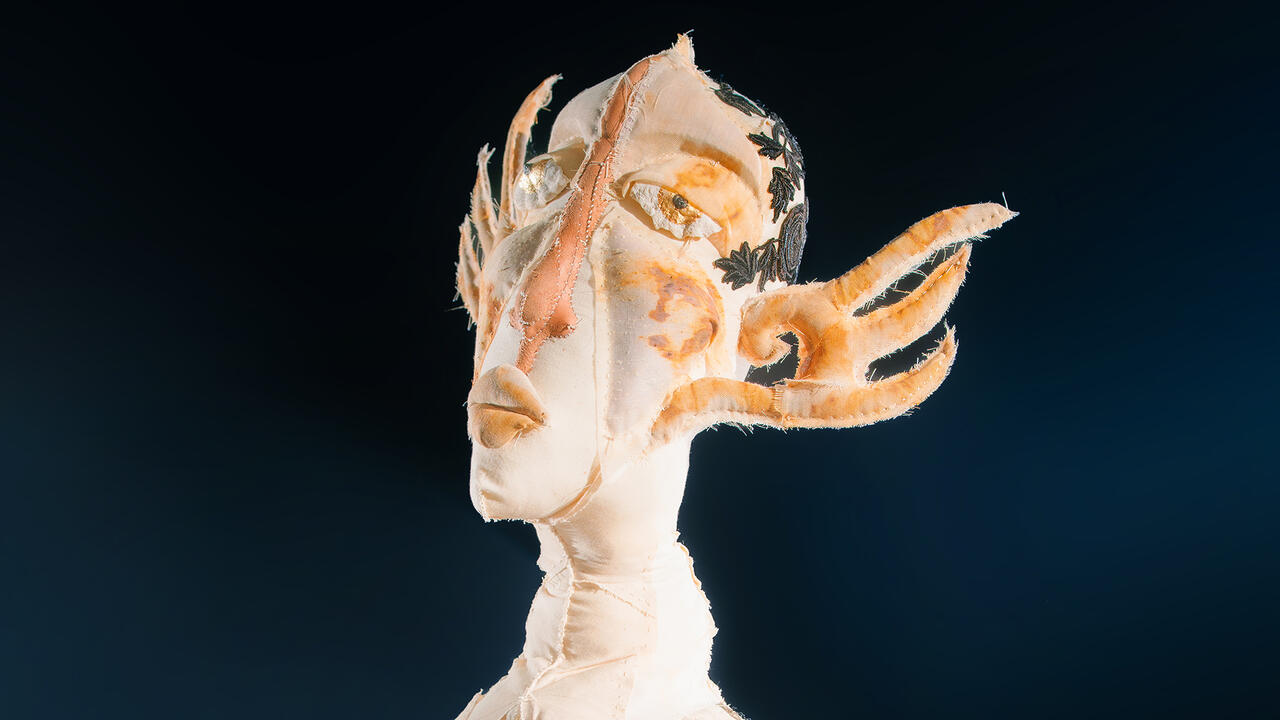‘One of the Most Outstanding Artists of Our Times’: Geta Brătescu (1926–2018)
Remembering the Romanian artist, who has died aged 92, for whom the studio was a continuous state of mind
Remembering the Romanian artist, who has died aged 92, for whom the studio was a continuous state of mind

Geta Brătescu was born in 1926 in the town of Ploiești, where her father was a pharmacist. Forty miles north of the Romanian capital, the town was then dubbed the ‘ante-chamber’ of Bucharest, and Brătescu decided to pursue her studies at both the The Academy of Fine Arts (Belle-Arte) and the Faculty of Letters and Philosophy in Bucharest. This double trajectory would have a life-long impact, reflecting the visual and discursive side of her work: the twin passion for the line and word and for drawing and writing. In 1949, with the rise of the Communist party in Romania, she was forced to leave the Belle-Arte because of her bourgeois origins, and for almost two decades she worked outside the professional art orbit, taking jobs as a technical draftswoman or as a book illustrator.

For Brătescu the studio was a continuous state of mind, as everything that the artist’s eyes encountered in the world had the potential to become art. Although she made many works that featured the physical space of the studio, it was never the space in itself which was of primary importance to her. The theme of the studio was propelled by the fact that for years the artist longed to have one of her own – an unattainable goal for a while. It was in the crucial interval between 1969–1970, when she resumed her studies at Belle-Arte (renamed the Nicolae Grigorescu Institute of Arts in Bucharest), that she started investigating the anatomy of the collective ateliers in the academy. It was a deliberate decision to ‘re-conquer’ the space of art. The invocation of the studio during these years meant her own self-determination as an artist. Later, in 1978, helped by Ion Grigorescu, she would make one of her most iconic works, the 8mm film The Studio. A receptacle of her personal mythology, the studio is a magical athanor, where objects and materials come alive, where the artist sheds her mundane personality and becomes a persona, blending her facial features and body with the inanimate things around her.

From very early on Geta Brătescu repeatedly drew the female form. When depicting Bertold Brecht’s Mother Courage and Her Children (1939) she brought to the forefront a rich panoply of female figures who drove the narrative thread. Later on, her serial renditions of Medea – an epitome of tragic womanhood; the cunning sorceress who murders her offspring – represent a junction of femininity and craft. At this stage, in the 1980s, the artist had already conceived a set of theoretical reflections that established an indissoluble link between womanhood and creativity. In this sense, she took up and further crystallized Carl Jung’s ideas about the feminine nature of artistic creation: one sees it in the fluctuating depictions of the Mothers – gorgonian creatures of the underground that in J. W. Goethe’s Faust (1829) govern the unfathomable depths of creation. These beings, which fuse both genders, are the spring from where the artistic forms erupt.

The movement from literary text to artistic concept and visual translation is a sinuous process and Brătescu’s grappling with those concepts and entities unfolded over time. These ‘signs’ endlessly modulated in her mind, becoming catalysts for artistic creation. It is notable that the artist’s bleak, strong, self-determining vision of femininity finds an uplifting counterpart in the character of Aesop, the Ancient Greek teller of fables, who stands for everything that is playful, irreverent and ‘undisciplined’ in her practice – suggesting a refusal to settle for one medium over another in favour of a perpetually ‘moving’ artistic nature.

It would be wrong, however, to assume that she was simply motivated to achieve translations of great literary texts into visual forms. Her mastery of her craft was exemplary, and she endowed the basic shapes and materials of art – the line, the circle, the paper or the textile fabrics – with their own autonomous power. Brătescu’s many experiments with drawing, loose and haphazardous as they might seem at times (her series of drawings made with the eyes closed from the 1990s and the 2000s are a case in point), reveal her classical training, a command of the rules of compositional equilibrium which also govern her complex work in collage. It is fascinating to see how this controlled freedom is being deployed in the uncontainable proliferation encountered in the ‘Game of forms’ cycles made in her later years, how the ‘dance’, the ‘music’, the quarrels and conversations of shapes and lines on the ‘space’ of the paper evince the ‘existential necessity’ to transpose into these joyful exercises ‘the interconnectedness of all things’ and the ‘permeability of all fields of creation.’
Now in posterity, freed from the constraints of identity politics which assigns certain traits to artists and artistic practices from Eastern Europe, she truly deserves to be globally recognized as one of the most outstanding artists of our times.
Main image: Geta Brătescu, Doamna Oliver în costum de călătorie (Lady Oliver in Travelling Costume) (detail), 1980–2012, black and white photograph, 39 x 40 cm. Courtesy: the artist, Ivan Gallery, Bucharest and Hauser & Wirth © Geta Brătescu; photograph: Mihai Brătescu








